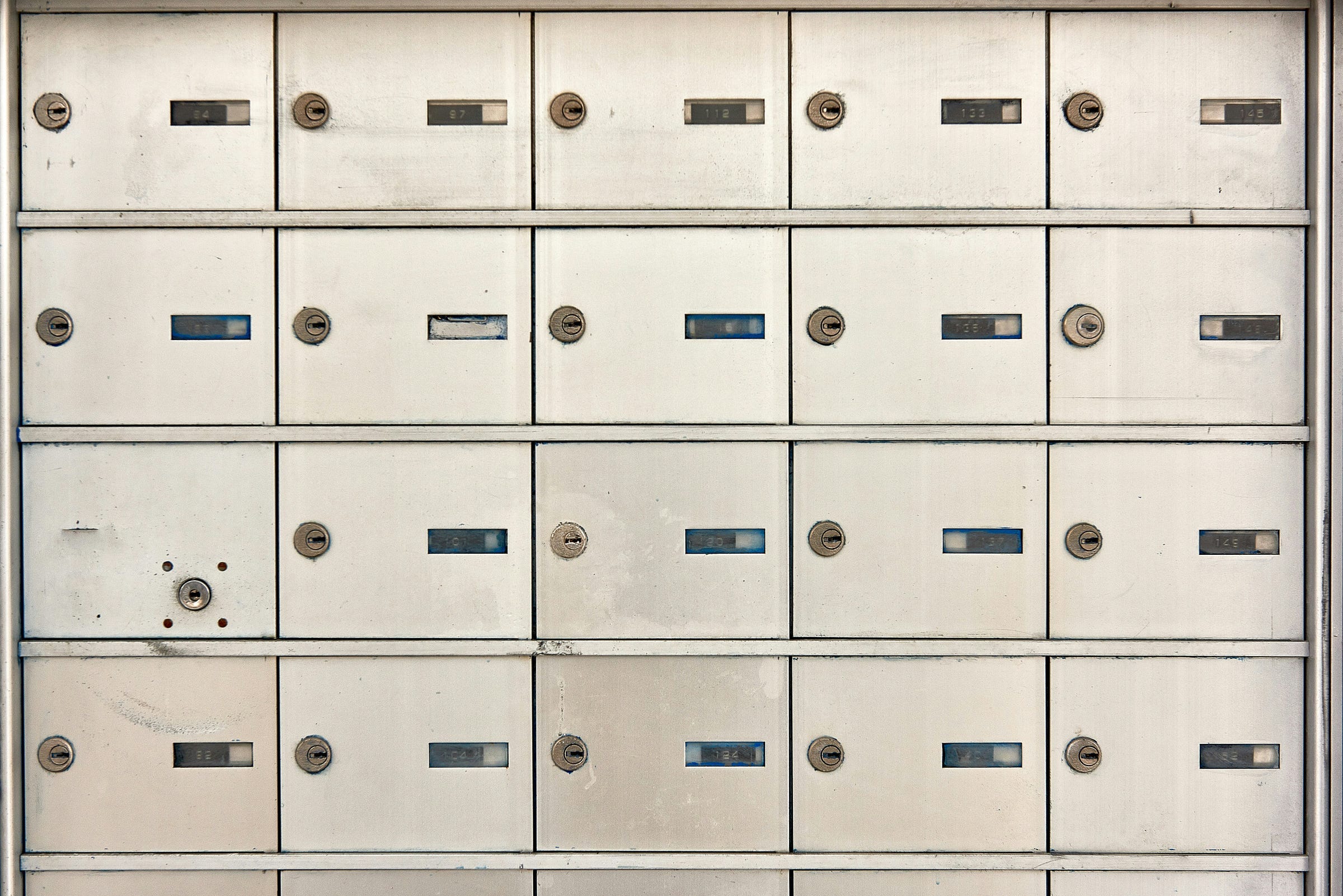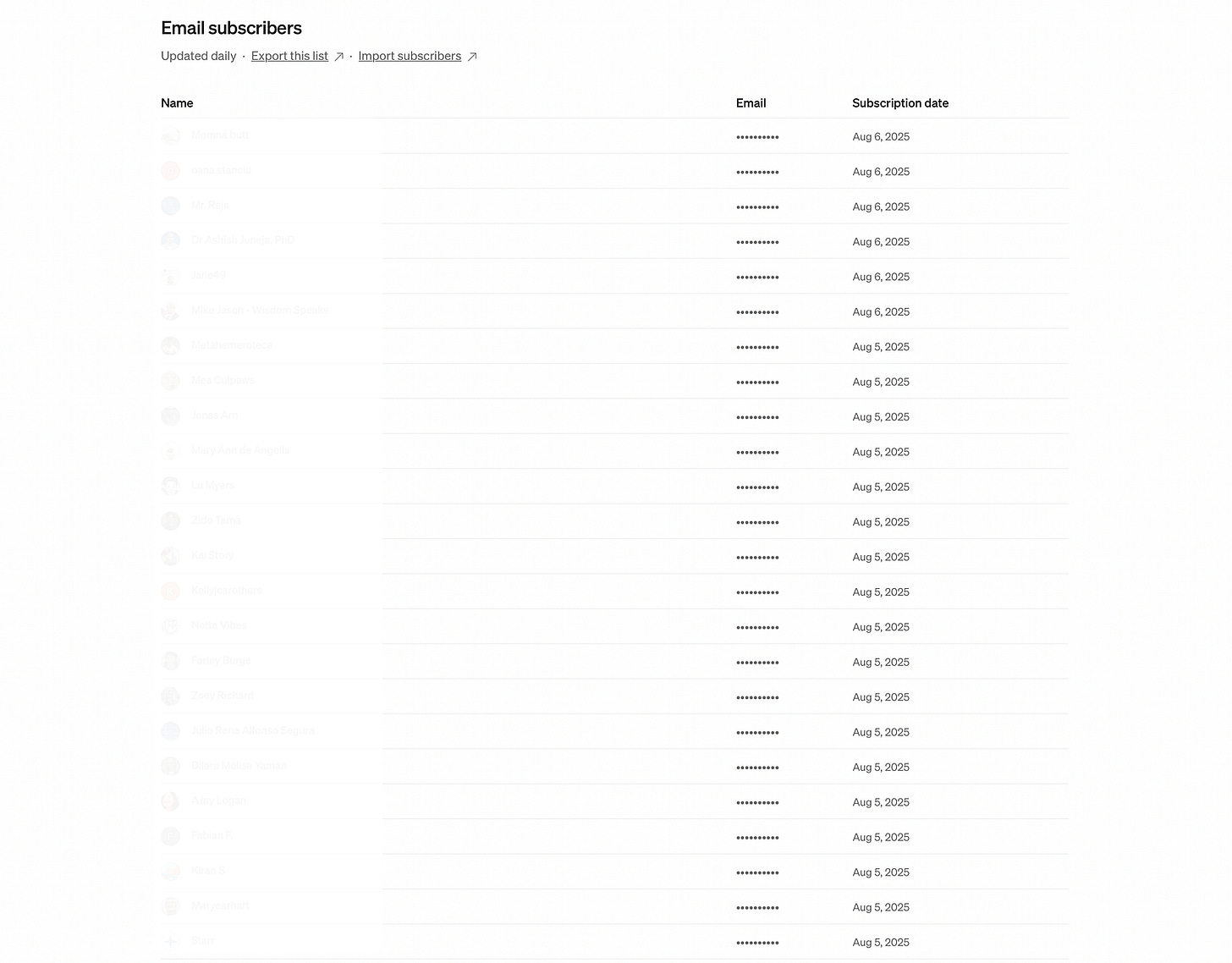You May Not Own Your Email List Anymore
On Substack, Medium, and possibly other platforms soon
Brought to you by SparkLoop* — the #1 newsletter recommendation engine (for free)

My Medium friends can read this story over there as well.
You might not actually own your email list anymore. Not in the way you thought you did.
Every creator-growth-guru on the internet (me included) told you, you “own your list”.
“Emails are yours.” And yet, if you’re publishing on Substack, Medium, or even considering these platforms, there’s a quiet shift happening. One you might not see unless you really go looking.
Your list is still there… technically. But it may not be reachable as before.
Hidden Shift Away From Email
The point of building a list was to reach people, right?
Simple idea: you collect email addresses, you send newsletters, and people read them, sometimes even reply. It felt like a direct line. And it is.
But here’s the twist: Some platforms are slowly severing that line, or at least rerouting it through their own systems.
Without really telling us about it.
Subscribers Don’t Have Emails
Until recently, when someone followed you on Medium and opted into your newsletter (subscribed, in other words), you could go to your dashboard, click “Subscribers,” and boom, you see the email addresses.
You could export them. Maybe import them into your own system. You were in control. Mostly.
Not anymore.
Now, when you view your subscriber list, those emails are hidden behind asterisks: ******@******.com.
What you have is a number, not a list. Medium seems to be moving toward a closed-loop system, where your “newsletter” lives in their app, their inbox, their notifications. Not yours.
People can get email notifications if they want. But they have to opt in, and it’s not the default anymore. The result? A lot of creators are gaining subscribers… but losing access.
Your writing lives inside Medium, and now your audience kind of does too.
The #1 Newsletter Platform That’s Moving Beyond Email?
At least Substack still gives you email addresses. Right? Well…




